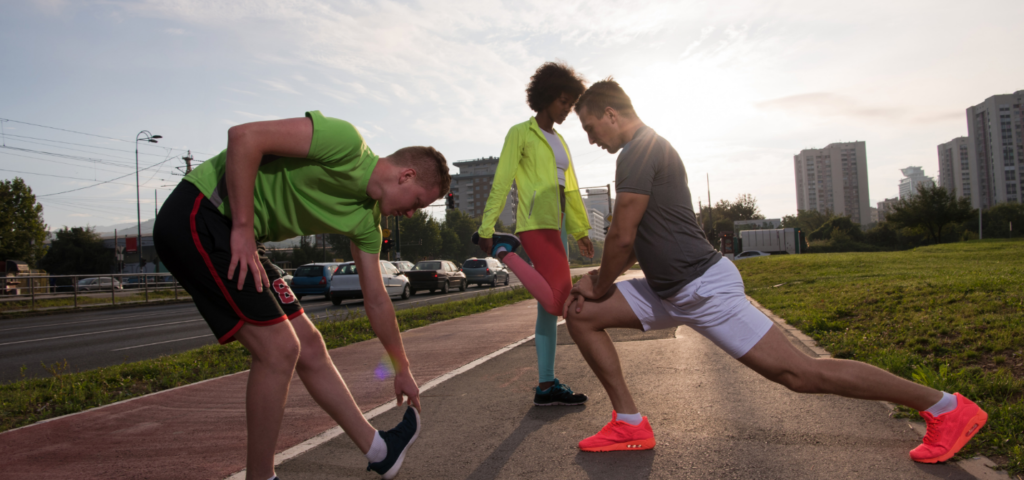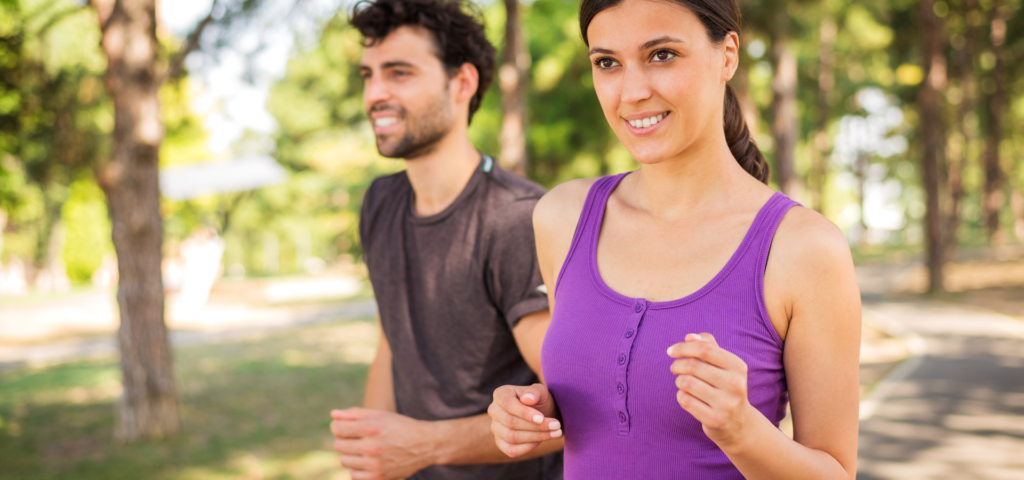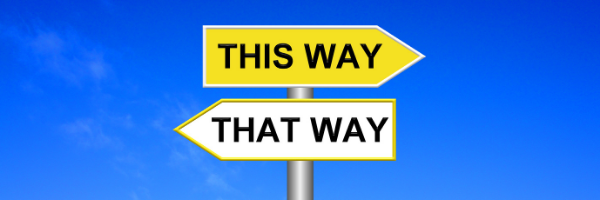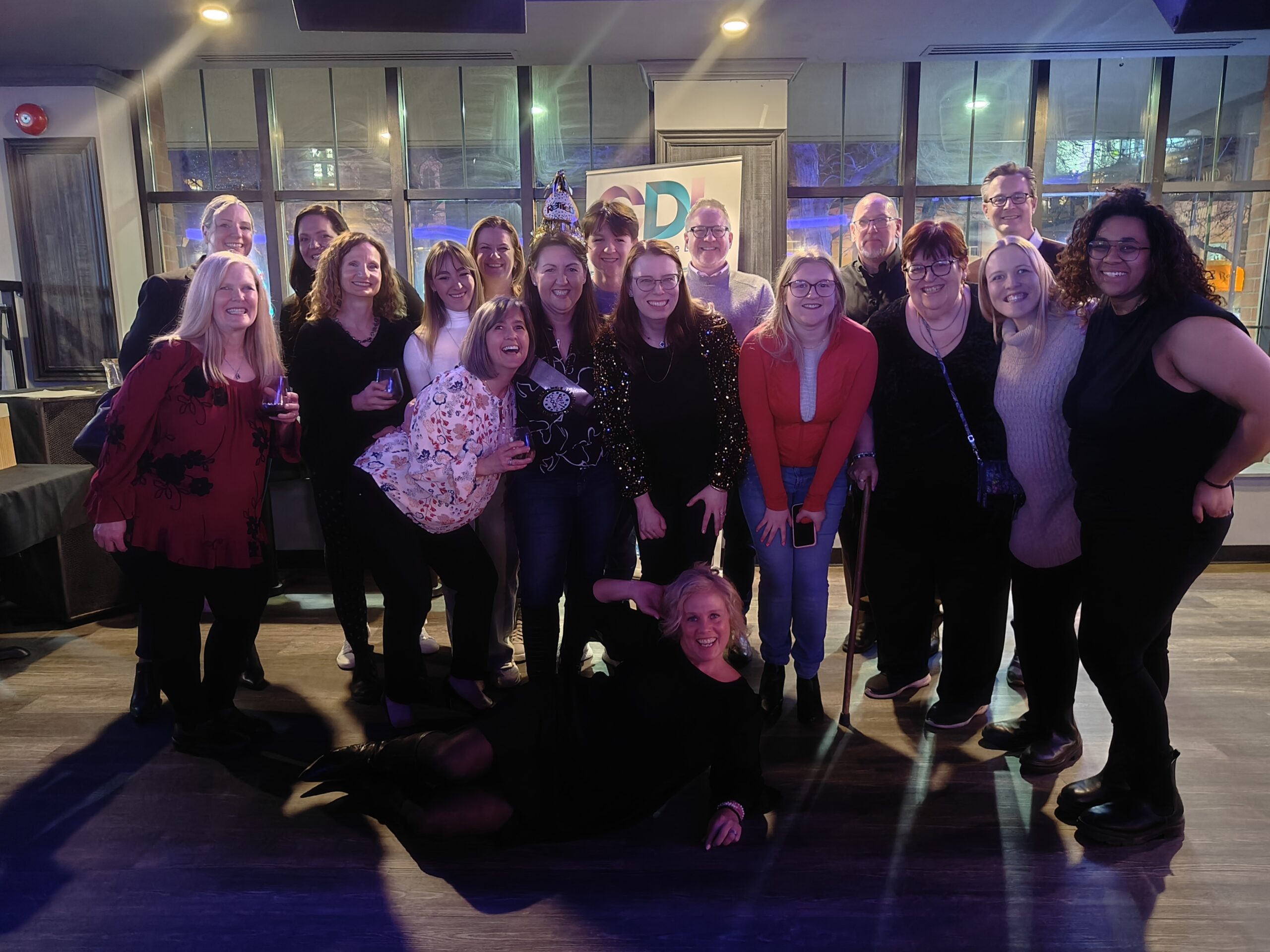Welcome back! We are going to continue with some myth busters on movement and exercise. Just like with nutrition, there is a lot of push and pull, lots of information confusing everything we do. Most times, you can find a harmony in the approaches, meaning that a combination of things is often the best way to go. As with nutrition, we all have different exercise and movement goals and different lifestyles. What you choose to do has to make sense for you. It has to make you feel good and create good health over time.
So, let’s dive in with these five “This or That” myth busters!
This or That #1
Weight-Training Is All You Need to Reach Your Fitness Goals vs. You Don’t Need Weight-Training to Reach Your Fitness Goals
Let’s start by saying cardio exercise is not the devil! I do believe that you can do too much cardio depending on intensity and frequency. But it is okay to do it, as it can be beneficial. So don’t believe the hype about cardio damaging the body! Just be smart when it comes to frequency, time, type and intensity (the F.I.T.T. principle).
As much as I think you need resistance training, which can include bodyweight training, to build muscle, improve bone and muscle strength, endurance, balance, and mobility, it’s important to know you can do other forms of exercise to improve your fitness.
Moving more in general is what we need. This includes doing more non-exercise activity thermogenesis, or NEAT, activities, like walking, gardening, cleaning the house, or taking the stairs. These are great ways to keep the body active on top of planned exercise. You don’t need a gym every day to become fit and healthy.
The key thing here is having a non-aesthetic purpose to what we are doing. If we make it all about aesthetics, it limits what we do. We become so attached to the gym, we aren’t engaging in the free, fun movement the body craves; by making it more about doing the activities we enjoy and improving how we feel, we create a sustainable sense of purpose.
Many of us sit all day at work, resulting in poor movement, injuries, poor posture, and even muscle atrophy in some cases. This is so harsh on the body when movement is what we need and really want. Some form of resistance training is needed to keep you strong and mobile, but we need more fun activities like swimming, hiking, roller skating, and recreational sports, along with your favourite non-exercise activity as well.

This or That #2
You Need to Stretch Before Your Workouts to Prepare the Body vs. Walking on the Treadmill is Good Enough to “Warm-Up” the Body
Preparing the body for movement is so important and becomes even more important as we age. What you do before any exercise routine will be based on the activities you are about to do. There is a lot of research out there about stretching, including when it should be done and how. There are different types of stretching, but the two most common pre-exercise types are dynamic and static. Dynamic stretching is the best form of stretching to do before planned activity, especially if you are prone to overuse injuries or your muscles just get tight easily. Dynamic stretching is defined as active movement that puts joints and muscles through a full range of motion. It typically mimics the type of activity you are about to do.
Static stretching is when you hold a stretch and should be saved for after your workout. Static stretching before workouts has not proven to improve movement and could actually hinder it. It’s best to wait until the body temperature is up and the connective tissue is more pliable. So, static stretching does have its place, post-workout.
People often warm-up by jumping on a bike or treadmill and moving for 5 minutes. Now, I’m not saying you can’t do this, but all this does is slightly raise body temperature and help to produce more synovial fluid in the joints, so your movement is more fluid and you’ll be less challenged with stiff joints. Once your joints are more lubricated, this is the best time to follow up with dynamic stretching to prepare the body for the activity you are about to do. Both are great to begin a workout of any kind; as I mentioned earlier, finding that harmony in approaches is key, and this is one example of a great combination. It will help prevent injury, and make movement feel better, which means you will be more likely to want to keep moving a lot more consistently.
This or That #3
Walking Isn’t Enough to Get You Fit and Healthy vs. Walking Is Enough to Get You Fit and Healthy
Walking is so beneficial for many reasons. One great reason is that it gets you outside in the fresh air and sunshine, which means you are getting your daily dose of vitamin D. It is also great to do for managing stressors and letting go of your day. But is walking enough? For general purposes, yes. However, walking every day for long periods of time could cause over-use injuries: the repetitive movement can cause tightness and injury in a joint and or muscle that is used every day. It also could cause injury if you are walking on an imbalanced body — that is, if you have poor gait, muscle weaknesses, etc.
Doing some resistance training exercises that improve mobility and strengthen the muscles used in your activity will prevent injury and improve how you do the activity: this is true even for walking. It also helps you work your joints in different planes of motion, keeping your joints healthy. Walking is done in the sagittal plane — front to back. Supporting the body’s joints in all the other planes is crucial to healthy movement: get in those exercises that work in the frontal plane (left to right) and transverse plane (twisting and rotating).
Walking is amazing, but should be done in combination with other activities, especially some form of resistance training. Body harmony is the goal.

This or That #4
You Need to Track Steps and Get In 10,000 A Day to Make A Difference vs. Be More Mindful of Your Movement and Move as Much as Possible
Tracking steps with an app is a great way to make sure you are moving more and keeps you more accountable. The problem is that it keeps us on our phones way more than we should be. We become attached to something telling us what to do, instead of being more intuitive to the body’s need for movement. If you aren’t feeling well one day, you will push yourself to appease an app instead of listening to your body and taking a rest (we need that, too). A step counting app is great at first as long as you still listen to your body. It is a great way to help you become consistent, but you need to be mindful of time so that you can understand how much movement is required to feel good. Getting those 10,000 steps takes about 1 hour and 40 minutes on average.
If you get up and move every couple of hours, go for a walk or exercise, there is a good chance you will be moving enough without that step-tracking app.
Sometimes, just like journalling your food intake, tracking steps can help get your feet off the ground — literally — and improve your movement. But being present and understanding how much movement you need and when you need it is the key to being more consistent in a much more nurturing way.
Some movement, including things you do with your arms or some other exercises won’t be kept track of on your app, so you need to go by how you feel. If your energy is good, you feel stronger and enjoy it, then you are on the right “track”!
This or That #5
You Need a Gym to Workout or It’s a Waste of Time vs. You Don’t Need a Gym to Become Fit and Healthy
This is really a no-brainer, but needs to be clarified. You don’t need a gym to get fit and healthy, but it definitely has its benefits. There are effective ways to train that get the same results you are looking for from a gym. Most people go to gyms for the equipment, to lift heavier weights, for the vibe, and to be social. It is their getaway from the everyday, time to themselves.
Working out from home isn’t the same for some. The vibe isn’t there and they may just have different fitness goals. Gyms offer group fitness, as well as an environment full of like-minded people. The bottom line is, what anyone does to get fit and healthy is great. If they don’t want to do heavy deadlifts, that is okay. Whatever gets someone moving and helping their bodies get healthy is amazing.
During the last year with COVID-19 shutdowns, gyms have been deemed unessential — which has affected those who count on them for their health in a very negative way. But there isn’t much we can do except learn how to support our bodies differently.
All of this has resulted in home gyms being the new craze. Outdoor gyms and outdoor cardio activities are also a new but fun way to get and stay fit. These current times are challenging our creativity. You can start working out at home by trying bodyweight circuit exercises. You can use kettlebell flows and dumbbell flows. Not all of us have the room or finances for fancy equipment, but we can still get in a good at-home workout. Workouts can be simple and fun without the gyms, but I’m sure a lot of us will be glad when they open up fully again.

As you can see, all the facts have one thing in common: they make it clear that there is more than one way to look at things and that we all deserve to live our lives as we see fit. Do what gives you energy and clarity. Do what creates total happiness for you and helps you thrive. This is what we should all focus on for personal growth.
I love the definition of “healthy living” from Canada.ca:
“Healthy living refers to the practices of population groups that are consistent with supporting, improving, maintaining and/or enhancing health. As it applies to individuals, healthy living is the practice of health enhancing behaviours, or put simply, living in healthy ways. It implies the physical, mental and spiritual capacity to make healthy choices.”
When you practice this, your outcomes will vary from those of another person, which is as it should be. If we are living healthily, our bodies will end up exactly where they should be, mentally, emotionally, spiritually, and physically. Our wellness journeys won’t ever be linear. We will learn, change, and grow along the way, finding what makes us truly happy. No one’s body is better than the next, just different. We should be happy for those who feel happy where they are if they are living their own healthy lifestyle and supporting others’ healthy lifestyle. And we should be proud of any transformation we make.




